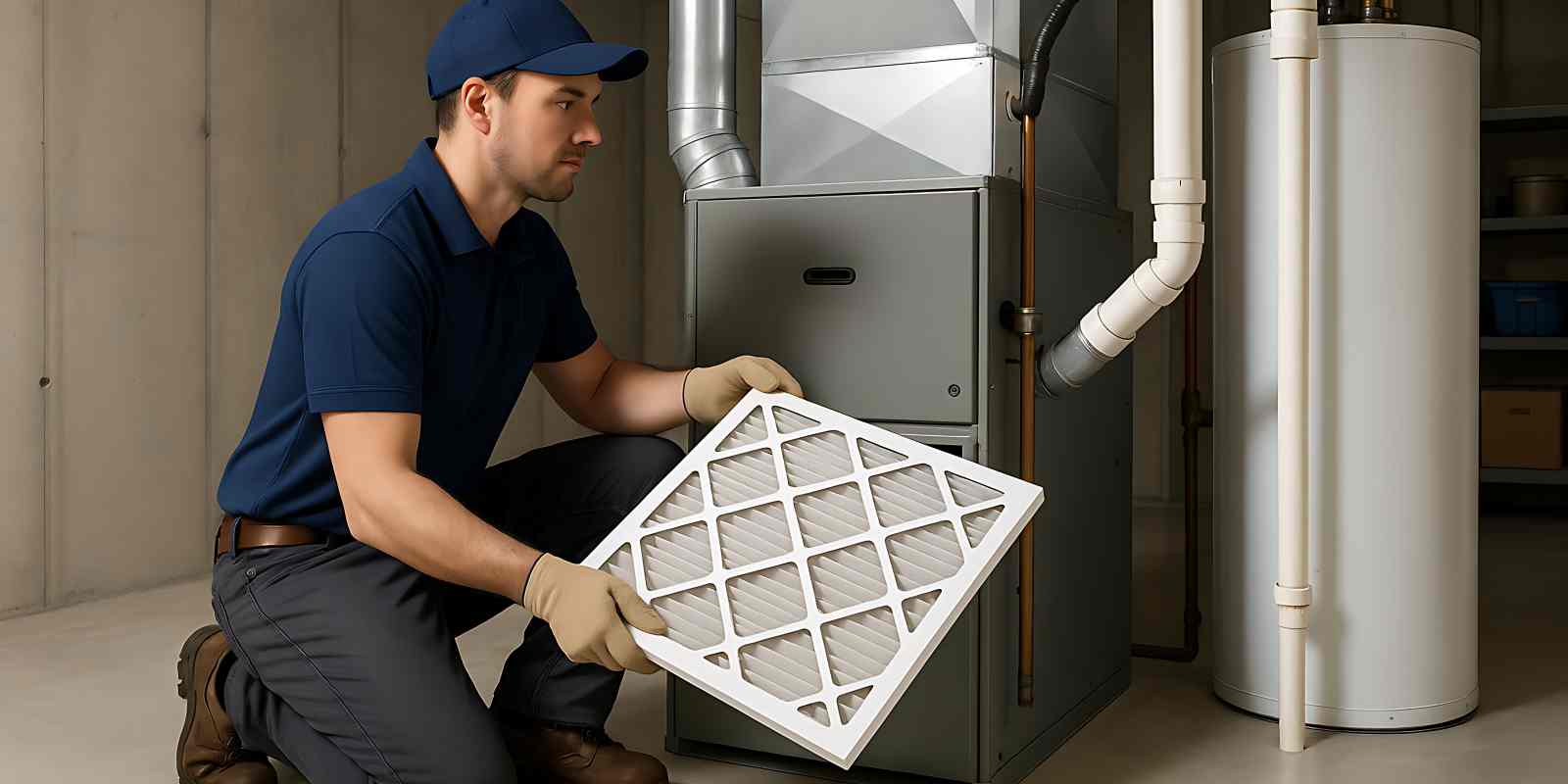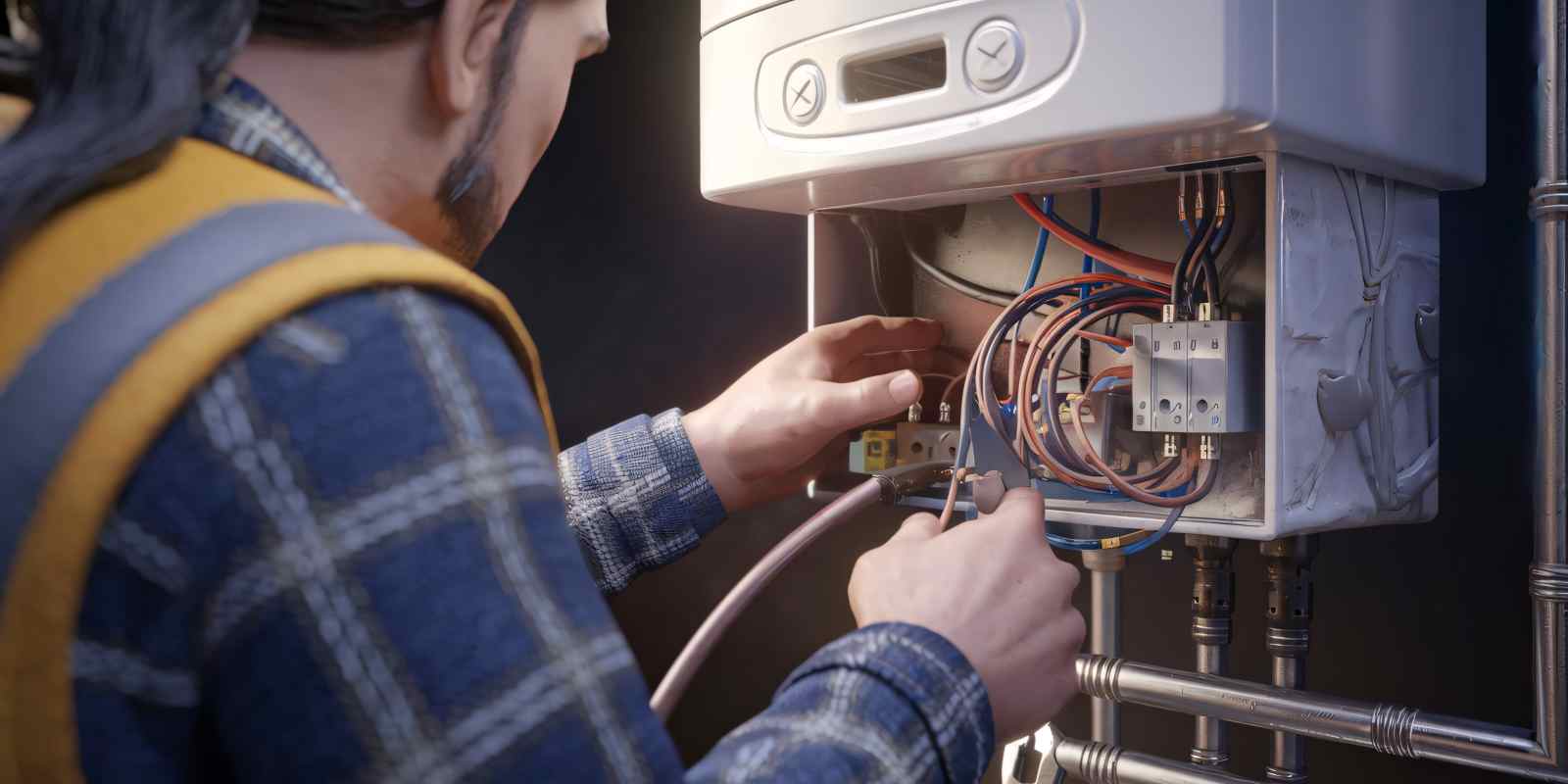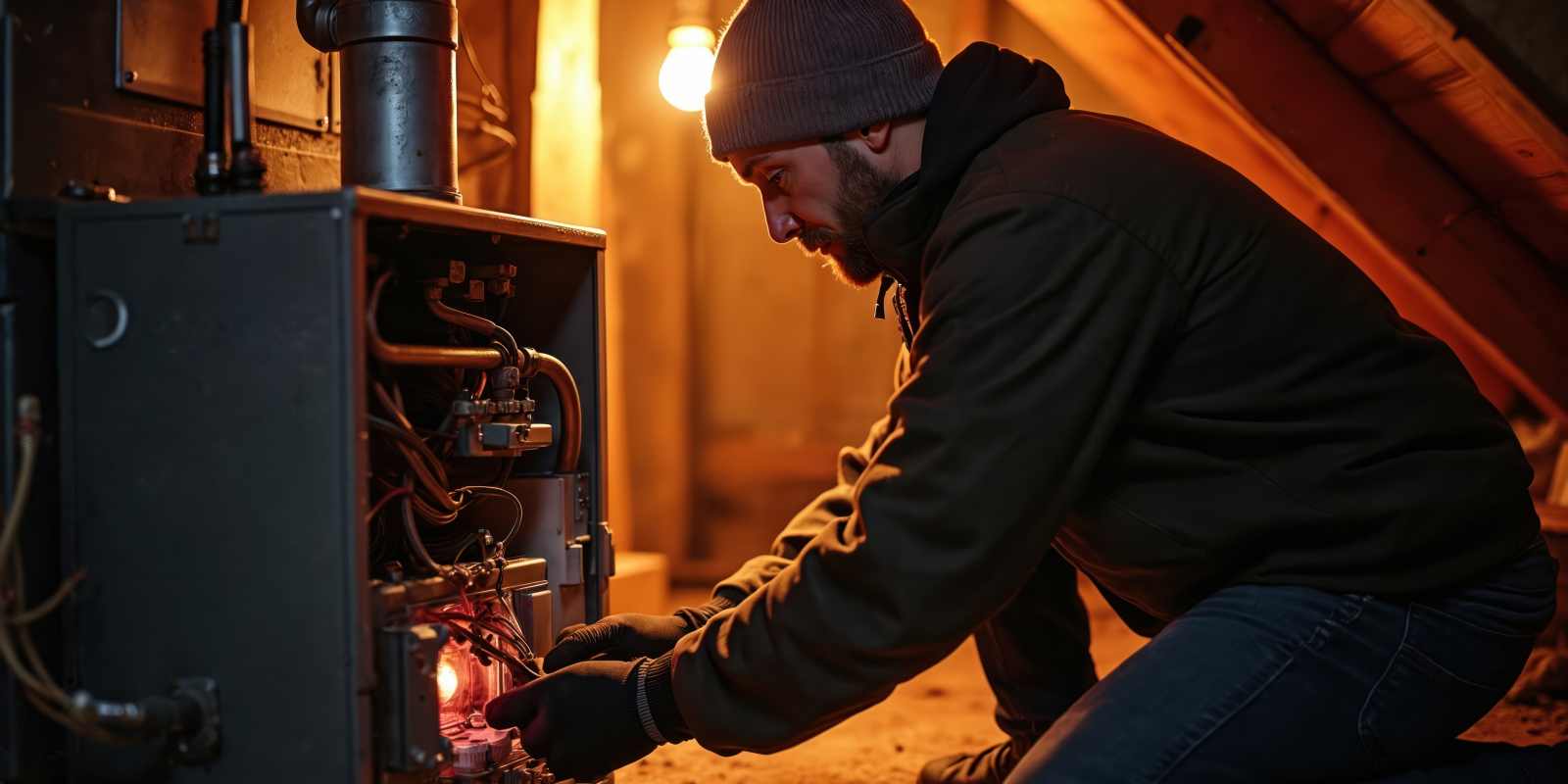
Understanding your HVAC system will not only help you make better purchasing decisions but will also help communicate your needs when you need repairs and maintenance. Here is a list of common terms and acronyms associated with the typical heating and cooling system.
HVAC – The acronym for Heating, Ventilation, and Air Conditioning.
SEER – SEER stands for Seasonal Energy Efficiency Ratio or Seasonal Energy Efficiency Rating. It is the ratio of the cooling output of your air conditioner divided by the energy it uses. This measurement is calculated over an entire season by using the indoor temperature as a constant and a range of outdoor temperatures. A SEER Rating is how you calculate your AC’s maximum efficiency rating. The Department of Energy requires no less than a 14 SEER rating for residential systems in Westchester County.
AFUE (Annual Fuel Efficiency Ratio) – Similar to SEER (Seasonal Energy Efficiency Ratio), AFUE measures the energy efficiency of your heating system (furnace or boiler). It is the ratio of heat output compared with the total fuel energy consumed by the appliance. For example, if you have an AFUE of 90%, 90% of the fuel energy is used for heating while the remaining 10% is lost to chimneys, inefficient burners, and elsewhere. So, the higher the AFUE rating, the lower your fuel costs. Both AFUE and SEET ratings drop over time.
Energy Efficiency Ratio (EER) – This is a measure of how well an HVAC device uses energy. A higher EER rating means that an air conditioner will provide a lot of cooling effect for every watts of energy you provide.
Minimum Efficiency Reporting Value (MERV) – This rating is used to rank the efficiency of air filters. Filters with higher MERV ratings trap small particles more effectively than filters with lower MERV ratings.
But beware – higher is not always better. Using an air filter with a MERV rating higher than what your furnace or air conditioner manufacturer recommends can actually hurt its performance.
BTU (British Thermal Unit) – BTU is the amount of energy needed to raise the temperature of one pound of pure water by one degree Fahrenheit. A Higher BTU rating corresponds with a higher heating capacity of the system.
Coil – This is part of your HVAC system responsible for heat transfer. There are typically two HVAC coils in a system—the condenser coil in the outside air conditioning condenser unit and the evaporator coil in the indoor unit.
Condenser – Also referred to as AC condenser, this is the outdoor portion of an air conditioner or heat pump that releases or collects heat depending on the time of year.
Ductwork – Collection of pipes or channels for the airflow within your home.
Heat Pump – Heat pumps are HVAC units that cycle both hot and cold air. They pump underground or outdoor heat into homes, heating your home with a fraction of the energy needed by an air-based system. During the summer, heat pumps reverse this process and pump the heat from your home and release it outdoors, cooling your home.
Humidifier – This is a device that adds moisture to indoor air.
Dehumidifier – This reduces the level of humidity in the air by cooling air so that water vapor in the air turns to liquid, which is then removed.
Split System – Also called mini-splits, these are HVAC systems that allow you to control the temperatures in individual rooms or spaces. Also known as a ductless system, mini-splits have two main components – an outdoor compressor/condenser and an indoor air-handling unit. The outdoor and indoor units are linked through a hole in the fall for a conduit, which houses the power cable, refrigerant tubing, suction tubing, and a condensate drain.



